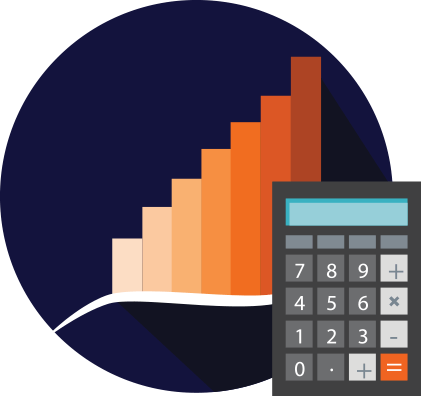We talk a lot about automated investing, because we think it’s a smart choice for most investors. But it’s important to have some savings funds that you can use for your immediate and short-term financial needs, a.k.a. the “rainy day fund.”
Expert opinions differ on how much savings you should have – I’ve seen anywhere from 3 month to 9 months of living expenses. No matter what you decide is the right amount for you, the concept of automating your savings can make it easier – here’s how.
Establish SMART Savings Goals
Don’t forget how important setting SMART Goals is. Decide how much of a safety cushion you’d like to have, and also decide how much money you can save each money, which should tell you how long it will likely take to reach your goal.
If you find that it will take a long time to reach your goal, don’t worry; that’s common. But you can rest easy knowing that you’re working towards those savings goals!
Talk to Your Bank – or HR Department
If you’re an employee, ask your HR department about automated savings options – often they can put a few dollars right into your savings account, so you don’t even see the money (and be tempted to spend it). You might even be lucky to have an employer with savings benefits, like rewards for meeting savings challenges or access to special programs offering better interest rates.
If your HR department isn’t helpful (or you are self-employed), ask your bank – especially if you have a local bank or small credit union – because banks also have special incentives and programs to get you saving. They can also help walk you through setting up automated transfers to deposit funds with their online tools.
Take it to the next Level
Technology innovation has also reached the savings world. One of the most interesting applications is Digit, which is an app that reviews your bank account transactions, crunches the numbers, and decides how much money you can put into savings, and then transfers a few dollars here and there at a time into savings. It actually puts funds into an account that can easily be put back into your main account and it offers protection from overdraws in case it saves too much – a pretty clever app with little risk!
Saved Plus is another app option which scoops up savings off of your purchases – e.g. you purchase $100 of groceries at Store X, $10 gets put into your savings fund. If you do have a lot of regular spending that fits their guidelines, this can be great – the only risk here is that if you spend more to get more savings, you may run short in the end for funds for your retirement account.
Remember, you have to Save to Invest, and be sure to Invest to Save.

